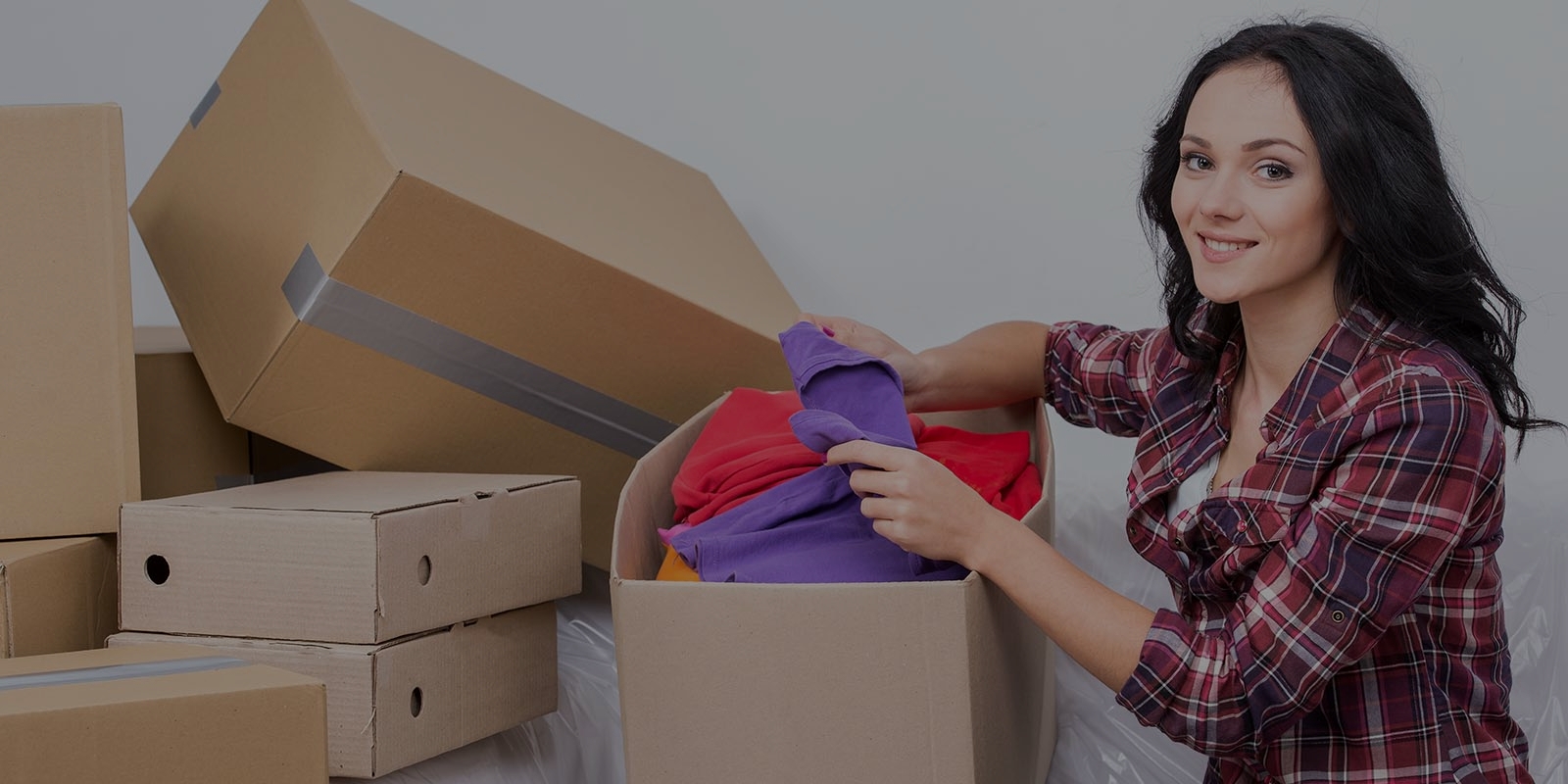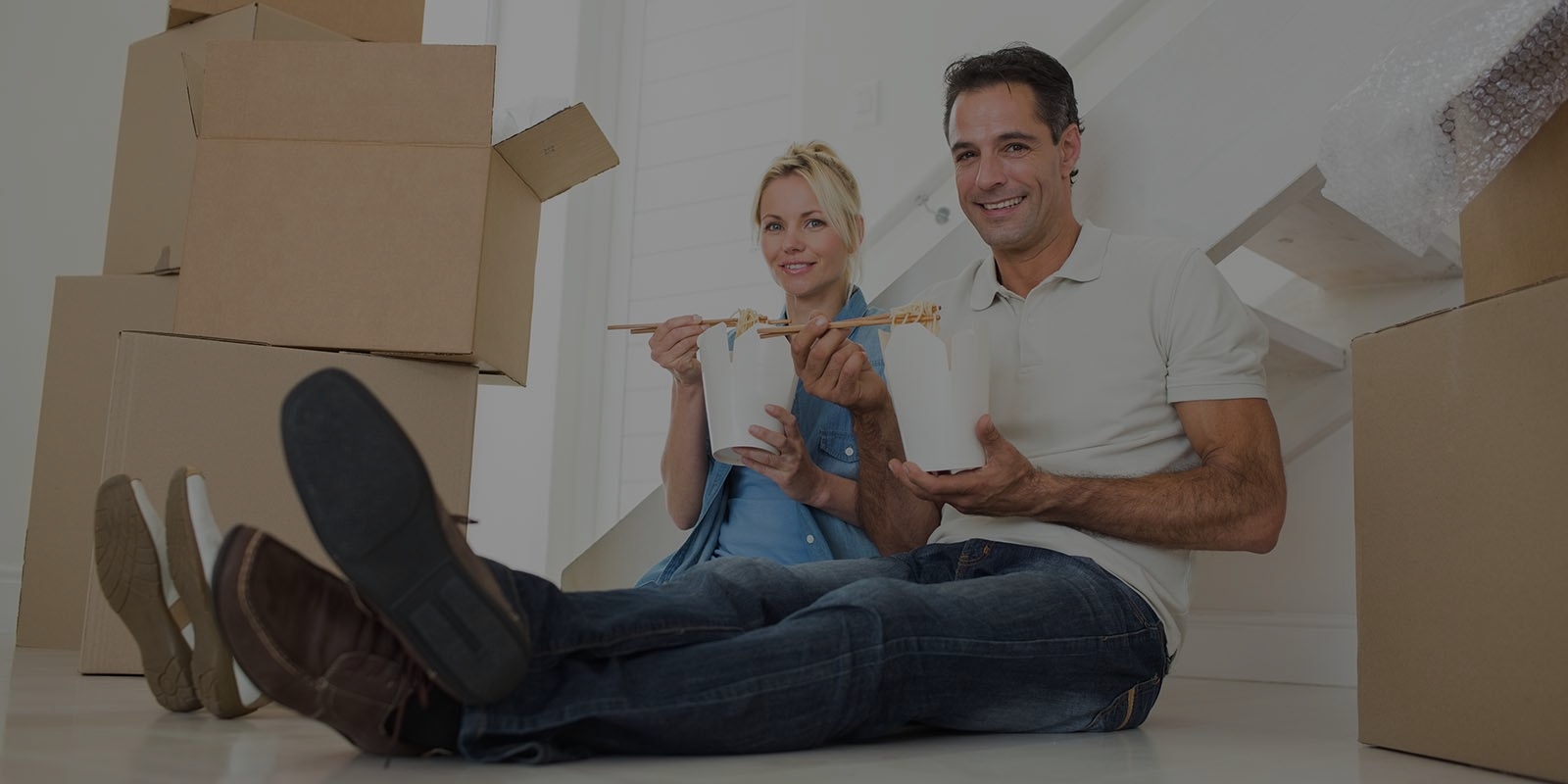A Step-by-Step Approach to Packing for a Stress-Free Move
Posted on 14/06/2025
A Step-by-Step Approach to Packing for a Stress-Free Move
Embarking on a move, whether across town or to a different state, is often a daunting undertaking. The secret to an easy relocation is effective packing, which can help transform your transition from chaos into a structured, stress-free moving experience. Employing a thorough, step-by-step strategy will not only protect your belongings but also save you time, money, and anxiety. In this comprehensive article, we'll walk you through the key stages of a stress-free packing process to make your move as smooth as possible.
Why Careful Packing Matters for a Stress-Free Relocation
Packing for a move isn't just about shoving things in boxes and sealing them with tape. It's about creating an organized system that:
- Keeps your possessions safe and intact during transportation
- Makes unpacking and settling into your new space simple
- Reduces moving stress and confusion
- Prevents loss and breakage
- Saves time and energy on moving day
Investing time in a strategic packing approach pays off both immediately and in the days following your move. Below, we'll cover each essential stage for packing for a stress-free move.

Step 1: Develop a Comprehensive Packing Timeline
The foundation of a hassle-free move is smart planning. Start by drafting a packing timeline that reflects the scale and circumstances of your relocation. This way, you'll avoid last-minute stress and ensure that everything gets done on schedule.
How to Create an Effective Moving Timeline
- 8-6 weeks before moving: Begin with decluttering and sorting your items.
- 6-4 weeks before: Gather necessary packing supplies and begin packing non-essential items.
- 4-2 weeks before: Ramp up packing, focusing on less-used rooms and objects.
- 1 week before: Pack essentials and prepare a moving day kit.
- Moving day: Pack any remaining items, conduct a final walk-through.
Pro Tip: Set calendar reminders for major packing milestones to stay on track!
Step 2: Sort and Declutter Your Possessions
Before you even think about boxing up your belongings, take the opportunity to reduce what you own. Decluttering makes packing for an easy move quicker, more efficient, and cheaper - you only bring what you truly want or need to your new home.
Decluttering Checklist for a Stress-Free Move
- Sort each room, categorizing items as keep, donate, sell, or discard.
- Be ruthless. If you haven't used something in over a year, consider letting it go.
- Hold a garage sale or list items online for extra moving funds.
- Donate usable goods to charity for a positive community impact.
- Dispose of broken or unusable items responsibly.
Decluttering not only makes your move easier, but also gives you a fresh start--and possibly a tax break for donated goods!
Step 3: Invest in Quality Packing Supplies
Having the right tools is crucial for a smooth and organized move. Gather supplies before you start to avoid frustrating interruptions. Essential packing materials include:
- Sturdy moving boxes in various sizes
- Heavy-duty packing tape
- Bubble wrap, packing paper, and foam for fragile items
- Large, permanent markers or color-coded labels
- Furniture blankets and stretch wrap
- Scissors and box cutters
- Resealable plastic bags for hardware and small parts
Tip: Many moving companies and hardware stores offer gently used boxes for free or at a discount, reducing your environmental impact.
Step 4: Pack by Category, Not By Room
Instead of boxing items up randomly or simply by room, try packing by category. Group similar items together--such as books, clothing, kitchenware, electronics, and decor. This makes it much easier to find and set up essentials at your new place, and ensures nothing important gets left behind.
How to Pack Efficiently by Category
- Books: Use small boxes to avoid making them too heavy.
- Clothing: Leave clothing in dressers (secured shut), use wardrobe boxes, or roll clothes to save space.
- Electronics: Use original boxes if available, or wrap in anti-static bubble wrap, label all cords.
- Kitchenware: Wrap each item individually, and use towels or linens as padding for fragile dishes.
- Decor: Protect artwork and mirrors with cardboard, cover with bubble wrap.
- Important documents: Set aside in a clearly marked, easily accessible box or folder.
The goal is a moving process that's organized, protected, and efficient--saving you time and damage claims.
Step 5: Label Boxes Clearly and Consistently
You'll thank yourself on moving day and throughout the unpacking process by employing a labeling system. Use large, legible labels or color-coding for each box, and write the room and main contents on the outside. For extra convenience, number each box and keep a corresponding spreadsheet inventory for quick reference.
Smart Labeling Tactics for a Low-Stress Move
- Label at least two sides of every box.
- Use a different color or tape for each room.
- Mark boxes containing fragile items with bold, red writing.
- Keep a digital or paper list of what's in each box for memory boosts later.
- Prioritize boxes of essentials so they're unpacked first in your new home.
"Open First" boxes with kitchenware, toiletries, bedding, and basic tools make your first day easier.
Step 6: Protect Fragile and Valuable Items
Nothing derails a stress-free move like broken heirlooms, shattered electronics, or lost jewelry. Packing valuables takes a little extra time, but it's worth every minute to avoid heartbreak and costly replacements:
- Wrap fragile items individually with bubble wrap or packing paper - don't skimp!
- Pack dishes vertically (like records) to minimize breakage.
- Stuff empty spaces in boxes with packing peanuts or crumpled paper.
- Place heavier items at the bottom and lighter ones on top.
- Transport valuables (documents, jewelry, small electronics) yourself if possible.
- Insure highly valuable/breakable items if using a moving company.
Being meticulous here means peace of mind later--an essential ingredient in moving stress reduction.
Step 7: Create a Moving Essentials Kit
Imagine arriving at your new home with only unopened boxes, and no idea where your toothbrush, charger, or clean clothes are. Avoid this by preparing an essentials box - a personal kit with everything you'll need for the first 24-48 hours in your new space.
What to Include in Your Moving Essentials Box
- Toiletries: toothbrush, toothpaste, soap, shower supplies
- Medications and first aid supplies
- Chargers and basic electronics
- Change of clothes and sleepwear
- Snacks and a basic kitchen kit (coffee, mugs, paper plates, utensils)
- Bedding and towels
- Toilet paper and cleaning essentials
- Important documents and valuables
Packing these at the very end--and opening them first--makes your first day in a new home infinitely more welcoming and comfortable.
Step 8: Strategize for Moving Day
Packing for an organized move isn't finished until you make a plan for the big day. Thoughtful preparation will keep stress low and efficiency high:
- Arrange for helpers or professional movers in advance.
- Disassemble furniture the night before; keep screws and hardware in labeled bags taped to the pieces.
- Have cash, snacks, and drinks available for movers or friends.
- Protect floors with cardboard or plastic sheeting during loading/unloading.
- Supervise fragile or high-value items personally whenever possible.
- Perform a final walk-through to check closets, cupboards, and basements for overlooked items.
Remember: Stay hydrated, take breaks as needed, and maintain a sense of humor--it's only temporary, and soon you'll be settled!

Bonus Tips: Save Time, Money, and Sanity
Success in packing for a stress-free move often comes down to the small details. Here are extra hints that can make a big difference:
- Pack an overnight bag like you would for a hotel stay.
- Take photos of cable hookups and electronic setups for easy reassembly.
- Group clothes on hangers in trash bags for easy transport.
- Use suitcases for heavy books or fragile valuables.
- Defrost your refrigerator at least 24 hours before moving.
- Label furniture parts and cables with masking tape.
- Don't pack flammable or hazardous materials--check with your moving company for restrictions.
Conclusion: The Art of a Stress-Free Packing Experience
While moving may never be entirely free of pressure, following this step-by-step approach to packing for a stress-free move will help you minimize the typical headaches and maximize the excitement of your new beginning. By planning early, decluttering, labeling, protecting valuable items, and preparing essentials, you'll set yourself up for a relocation that's as relaxed, organized, and efficient as possible.
Remember, the goal is not just to get everything packed - but to do so in a way that brings order, saves time, and makes your first night in your new home feel like a true fresh start. With these packing strategies for a seamless move, you're well on your way to a happy, hassle-free transition.
Happy Moving!







